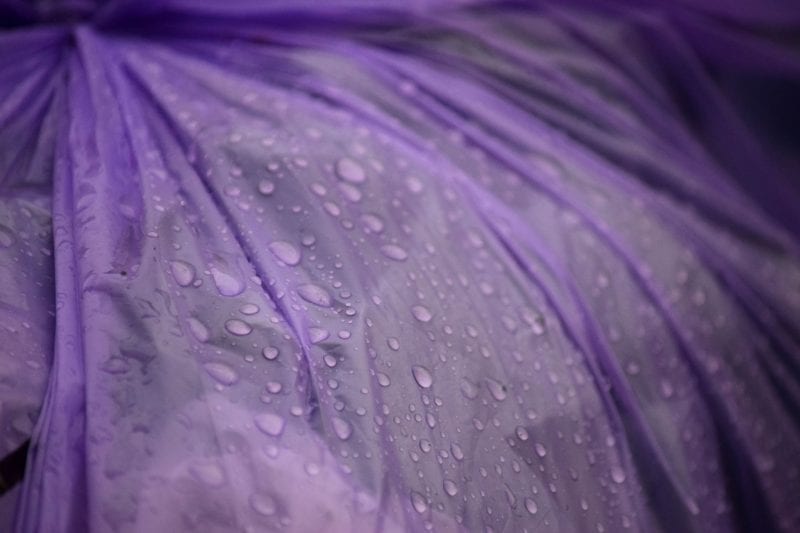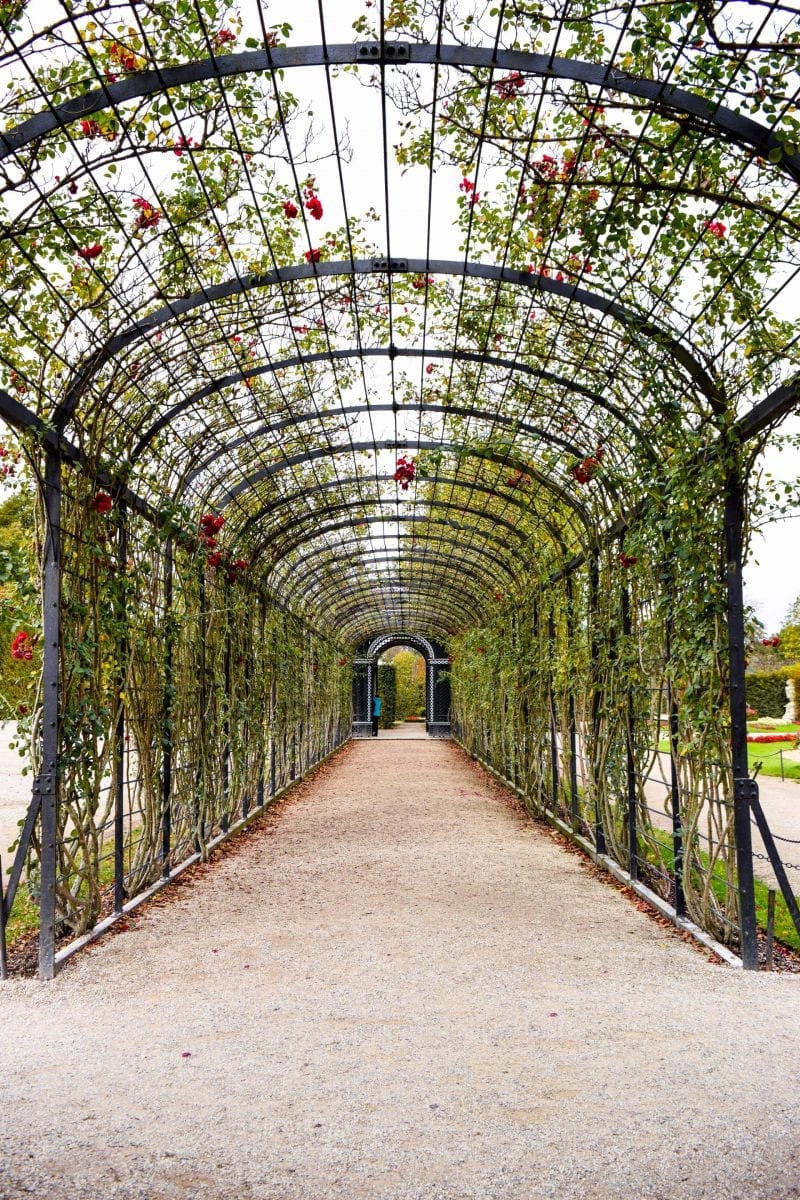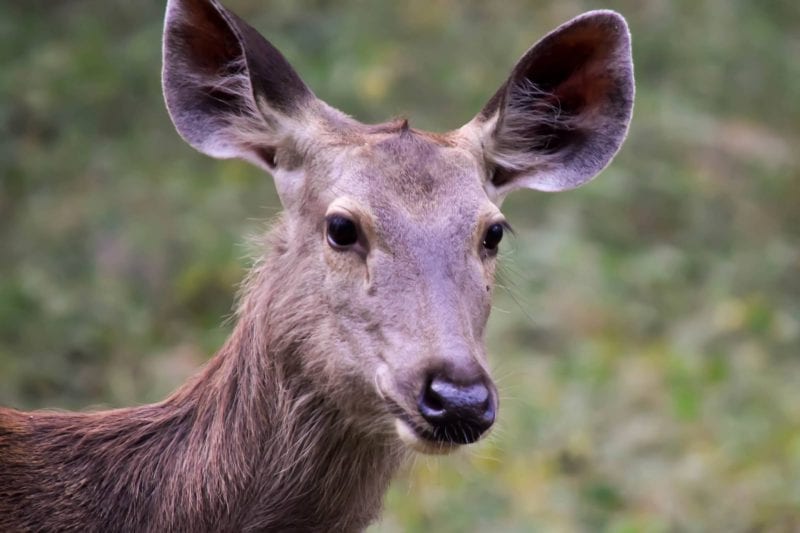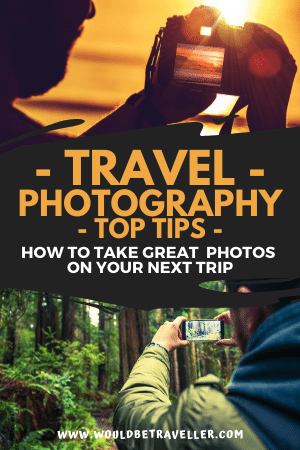These travel photography tips for beginners will help you take your holiday snaps to the next level.
Point. Shoot. Done. I’ll admit it – that used to be my mantra when it came to travel photography. I’d argue I was far too busy enjoying myself to find the perfect angle, set the exposure or even take anything half decent. But then I realised photos are quite often the only thing left after the memories fade.
To me now, it’s so important to be able to take photos I’m proud of and want to keep looking at. If you agree, try some of my travel photography tips to see the difference it makes!
Find a new perspective
It almost goes without saying, but the subject can make or break a photo. That said, you can take a picture of the most mundane object and still end up with a cracking picture.

Believe it or not, that’s a photo of a bin bag in London! Had I have zoomed right out, the photo would be boring as hell. But by filling the frame, I’ve made it much more dramatic, abstract, interesting!
Which brings me to the first of my travel photography tips for beginners…
Play with composition
Everybody has a full-frontal shot of the Eiffel Tower somewhere on their memory cards. But how many people have got a photo from a 45 degree angle to the right, where the tower is partly obscured by trees? Far fewer, I bet. It’s important to think about how you can make your photos different, because, dare I say it, you could have just printed a photo off the internet with much less effort.
Go off the beaten track
Find interesting places to take photos of attractions not everybody has seen. One of the best pieces of advice I was given by a fellow travel buddy was to watch where everyone else’s cameras were pointing, and then turn around 180 degrees. You never know what you might find if you look behind you.

Buy the right kit
Of course, good travel photography isn’t just about where you go and what you snap. And though you might have a decent camera on your smartphone, some equipment can turn your photos from blah to phwoar!
The right camera
If you’re thinking of ways to improve your travel photography, you’ve no doubt already got a camera. But if you haven’t or are looking to upgrade to a DSLR, I would highly recommend the Nikon D3500 as an entry level camera. So far, it’s done everything I need it to do and produces some really stunning pictures.
Lenses
The Nikon comes with an 18-55mm zoom lens as standard, which is usually enough to keep you going for basic shots. If you need to get closer to your subject or have a very specific style of photography in mind, consider buying additional lenses like the ones below.
For portrait and food photography, I adore my Nikon 35mm lens. It’s a prime lens, which means you can’t zoom in or out without moving your feet. But what it lacks in flexibility, it certainly makes up for in simply beautiful shots. It’s got a really wide aperture which, if you’ve read the above, you’ll know means you can shrink your depth of field down to F1.8, leaving only the tiniest piece of your photo in focus.
For wildlife photography, you really need a telephoto lens. My favourite is the Nikon 70-300mm lens which allows you to get some stunning close-ups of wild animals from a safe distance. Check out my 2 weeks in South Africa blog post to find somewhere to try it out! You can get even bigger lenses if you really need them – just be wary they’re much heavier and much more expensive!

Everything Else
You could keep buying kit and never be satisfied, so it’s important to know when you’ve got enough. However, to really take your photos to the next level, there are a few more must-haves that I would highly recommend.
Ever wondered how professional photographers take photos of those beautifully silky waterfalls, misty waves or crisp nighttime shots? I’ll let you in on a secret – they use a tripod! I love the Manfrotto range, and the BeFree Aluminium One edition is perfect to keep in your bag and whip out when you need it.
How many times have you been out on a full day tour or in the middle of a campsite when that dreaded battery icon starts flashing? Think of the photo opportunities you might miss if you run out of juice! I always keep a (charged!) spare battery for my Nikon D3500 in my bag, just in case. And a spare memory card too so you don’t run out of space.
Finally, I would recommend buying a couple of filters for each of your lenses (make sure you buy the right size!) The ones I use are UV filters to protect the delicate glass in everyday photography, and Polarised filters to make it easier to shoot in bright sunlight (which is very useful when travelling!)
Use Your Photos
If you just follow one of my travel photography tips, I urge it to be this. Use your photos! Don’t just take them and leave them hanging around on your memory card. When you get home, edit them in Lightroom or Snapseed and then…
Print them
By printing your photos, you can stick them up on your walls, use them in calendars or create a coffee table photobook. They will make great talking points for your guests, and you will have a constant reminder of where you’ve been and what you’ve seen.
Instagram/Online Portfolio
Of course, you could also make use of online galleries such as Instagram and Flickr to keep a permanent record of your travels, and share them with others.
Now go free and use your newfound talent in photography!
***
What are your travel photography tips for beginners? Do you think photography enhances or diminishes your enjoyment of travel?
Pin for later >>>



Thank you for sharing! I just got my Nikon D3400 and am learning to shoot with it! Also need to figure out the lenses, thanks again for the tip!
Glad you find them useful, Jessi! Good luck with your new camera – it’s such a fun experience to figure out a new piece of kit. Enjoy it!
Great tips, especially the suggestion of a prime lens! Once I discovered primes, I was totally sold… The trade off of additional quality instead of the flexibility of a zoom is totally, totally worth it.
(Love your shot of the water droplets on the purple plastic, by the way. I thought it was a flower petal when I first looked at it!)
I’m so in love with my prime lens! I sometimes get frustrated when I keep. having. to. move. backwards. but the quality definitely makes up for it, like you say!
Haha yes that shot surprised me too when it came out! Amazing what a good lens can do, isn’t it?!
I love my Canon Powershot, which doesn’t have interchangeable lenses but the zoom is incredible! Currently working on steadying my shots and making sure they’re more focused. Great tips!
That’s great to hear. Getting the focus right early on is absolutely key for good shots!
I have loved taking pictures since I was a little girl. It was a bonding moment for my godfather and I. It doesn’t hurt now that my man is a photographer on the side so he tries to give me tips before I am on the road.
Ah that’s great! You don’t need my tips then 😉 the photos in your blog are beautiful!
Amazing tips and gorgeous photos – thank you for sharing!